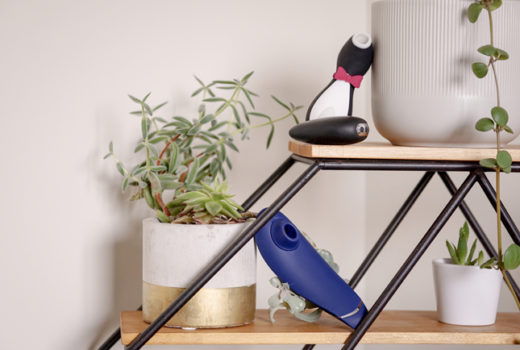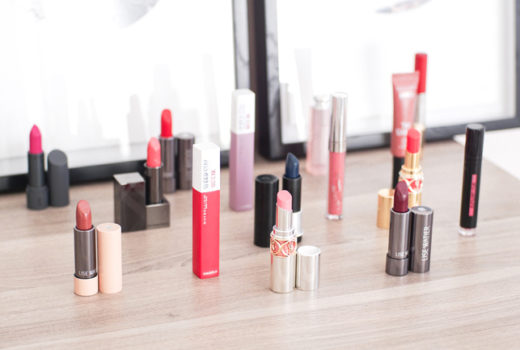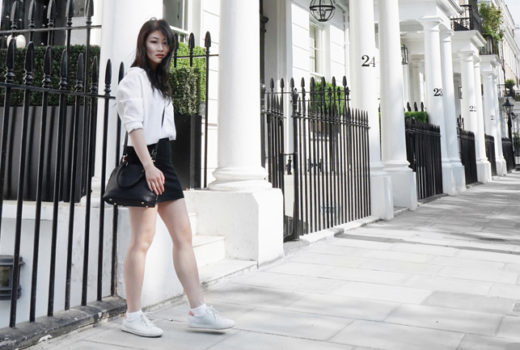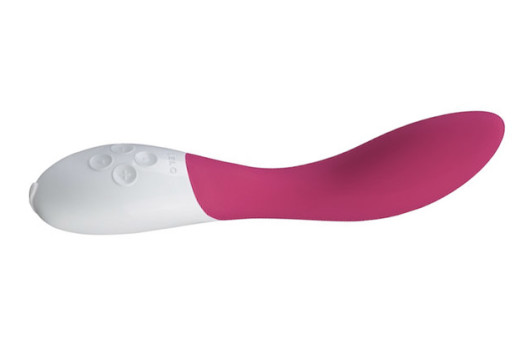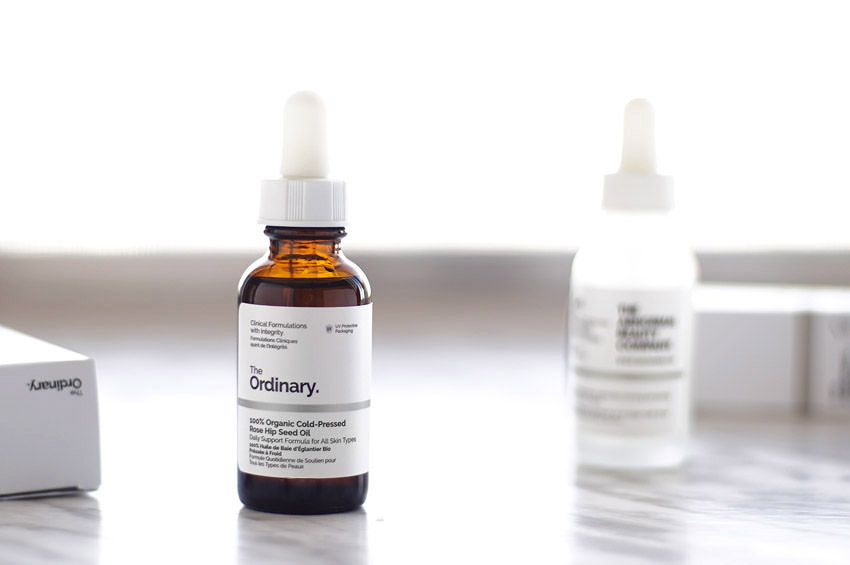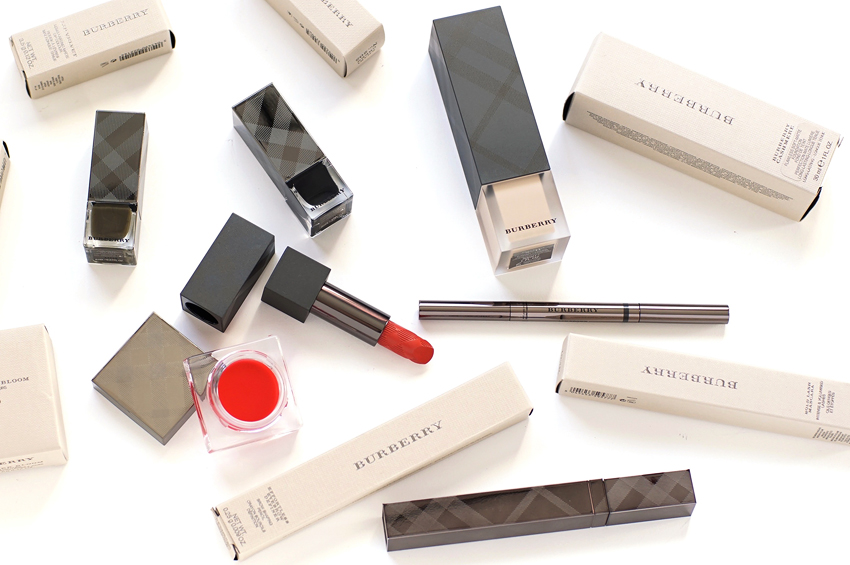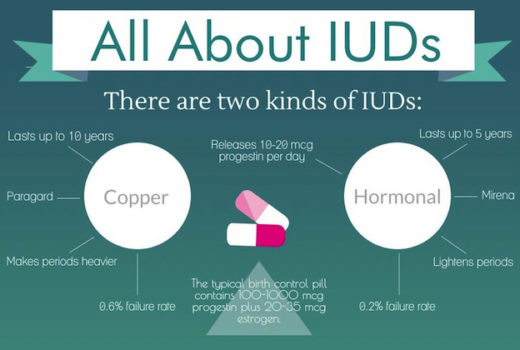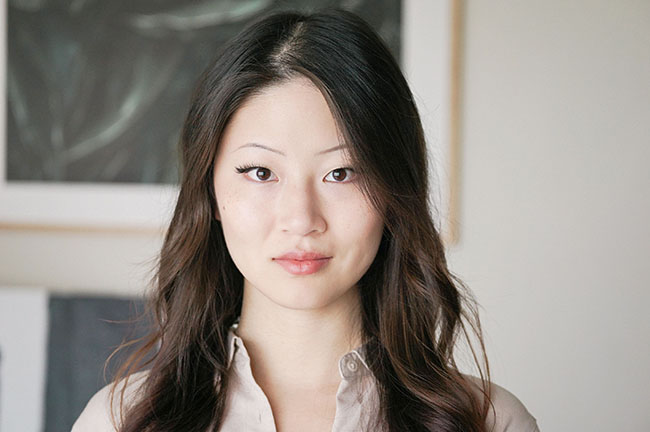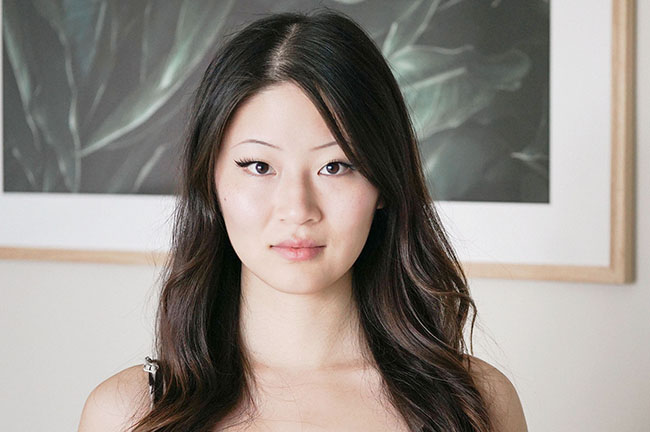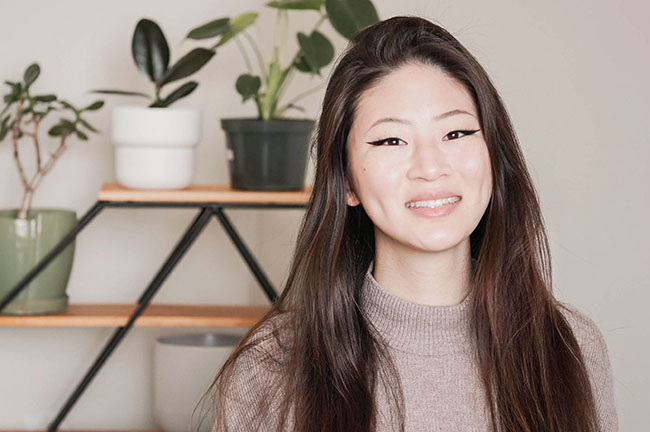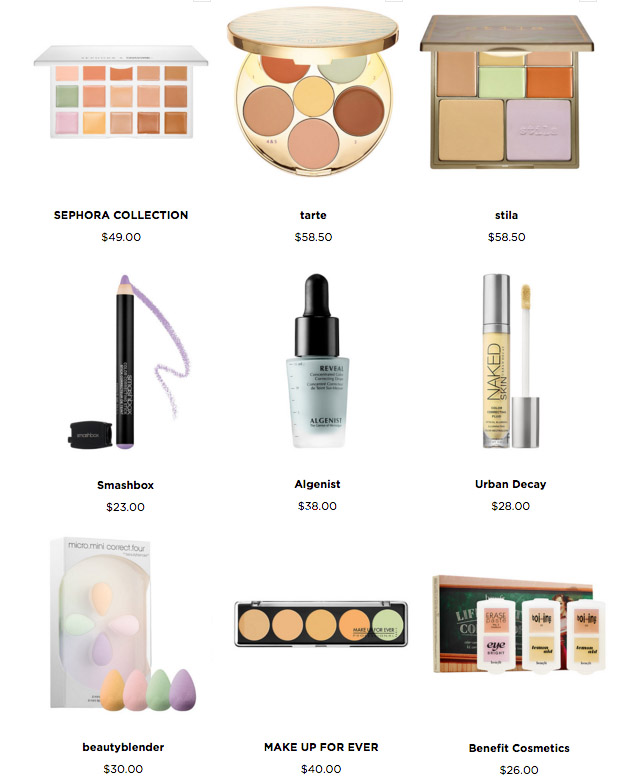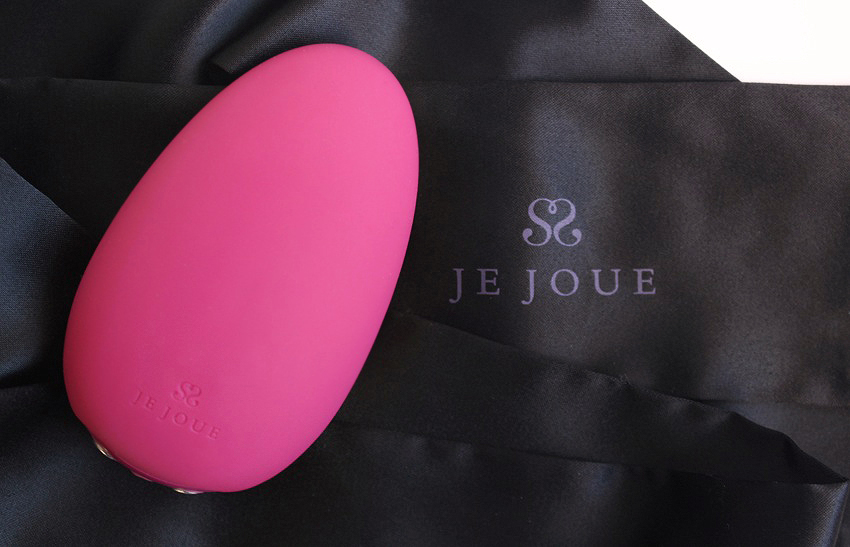I’m not a doctor, but I have pretty awful TMJ/TMD (temporomandibular joint disorder) — aka jaw pain. I’ve had it for most of my life, but in the past year, it’s gotten pretty bad. Here’s my full treatment story on getting Botox for TMD, from my pre-appointment paperwork to my 10 month results.
(Please imagine in the necessary disclaimers here, and consult a professional wherever appropriate!)
What got me interested in medical Botox
I first heard about medical Botox in my teens. My mother’s coworker had gotten into a really bad car accident, and developed intense migraines shortly thereafter. He was off work for almost a year, and when he came back, he just couldn’t get through the day anymore. He had to stay in the dark at all times, missing big events in his kids’ lives and getting his screen time down to two hours a day. Eventually, his doctor recommended medical Botox — and it was the first treatment to offer any relief.
Much later on, my friend Sarah Wu wrote about getting Botox injections to treat her chronic tooth grinding. I had lived with really terrible TMD for 15 years at that point, so my interest was piqued. Maybe there was something out there that could let me open my mouth without hearing a huge clunk; maybe I could go more than three weeks without excruciatingly painful physiotherapy!
TMD options to try before Botox
I started looking at my local Botox for TMD options in the spring of 2020, back when time still somewhat made sense. Pandemic closures meant that I couldn’t get to my TMD-specialized physical therapist on a regular basis, and after a few months without physio, I started experiencing blistering daily headaches.
Ever since my jaw started acting up in my teens, I’ve tried everything from MRIs to custom splints. However, IMS (Intramuscular Stimulation, or Trigger Point Dry Needling) was the only thing that had ever actually helped my jaw. It works to release and loosen up my muscles, decreasing how “clunky” my jaw is upon opening. When I can get to it at least once a month, I largely don’t experience jaw-related headaches or jaw locking episodes. I get needled once a month, do some at-home exercises and stretching every day, and I’m more or less good to go.
If you can find a specialist in your city, IMS for TMD is absolutely the first thing that I’d recommend for jaw pain. (Try asking your dentist for a physiotherapist recommendation, or searching terms including: jaw IMS, TMD dry needling, and TMJ physiotherapy.) It’s much cheaper and less invasive than Botox, and it’s a great place to start. Even if it doesn’t fix you up right away, a good IMS specialist can help you figure out how to target a future Botox treatment, which is invaluable.
How I found my medical Botox specialist
Okay: let’s go back to early 2020. The first few weeks of living with my jaw in a physio-free pandemic world were fine. I was eating lots of soft snacks and working on relaxing my jaw manually. However, by month two, I could barely open my mouth to eat. I was getting pulsing headaches every single day, and it was hard to make it through basic conversations. Just like my mom’s old colleague, it was hard for me to sit in the sun or stare at my computer screen.
I called my GP for a telehealth appointment, and he recommended that I look for a dentist to ask about Botox. I started looking right away.
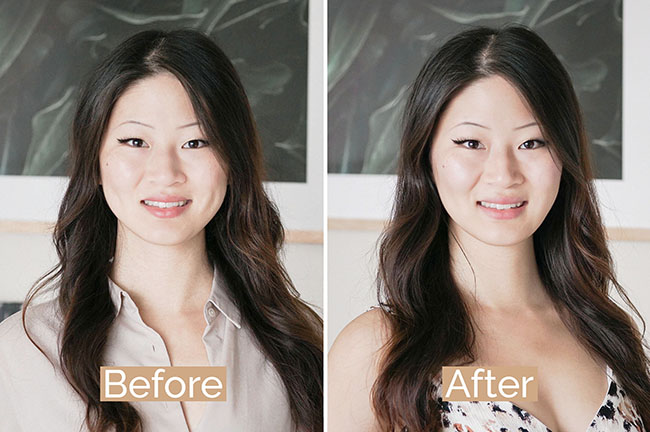
TMD Botox before & after. This was after my first session, so my muscles haven’t weakened yet. In these photos, what I notice most is my disappearing dimples, followed by my much slimmer jaw. I’ve also noticed that my chin creases move around and switch sides based on how much Botox is in my system, which was a surprise! Similarly surprising is that the lines around my nose and mouth are much, much deeper with Botox than without.
By June, I had found a dentist that was willing to prescribe Botox and inject it where I needed it, instead of (as many dentists will do) just in the superficial masseters, which are favoured for their clenching and grinding involvement.
Does insurance cover Botox in Canada?: My experience
Before we discuss my results, let’s talk about coverage. This is the toughest part of this review for me to write, because Botox is prohibitively expensive for most people. Here in Alberta, Canada, it’s about $1000 CAD for the Botox itself, plus a $250 injection fee at the dental office.
Right now, I’m lucky. I had to fill out a Drug Special Authorization Request/Prior Authorization Request and petition my insurance companies to provide coverage, but one of them is covering my drug cost in full. It took weeks to get authorized, however, and insurance companies in Canada are just as stubborn as the ones in the US when it comes to denying coverage based on technicalities. (My secondary health plan denied my coverage simply because I ran out of room and listed two previous treatments on the same line of the form.)
Whether or not you have coverage, if you’re at a point where you’re seeking medical intervention for your jaw problems, Botox is likely the most expensive of your options. In my case, it costs $1000 a year with coverage. Montly physiotherapy comes to around $400 per year with my extended healthcare coverage. However, I’ll age out of my current insurance plan soon, at which point I can expect to pay around $5k per year for Botox, compared to $1140 for physio at $95 per session.
A quick note on coverage
For those outside of Canada: We do have universal healthcare here, which is amazing! However, Canada’s universal healthcare plan doesn’t cover prescriptions, specialists, or dental work. Unless you can get a private plan (usually through your workplace) that’ll cover it, a lot of people are left paying for things like physiotherapy, mental health care, and medications out of pocket.

Two weeks after my second set of injections. This is the most paralyzed my face has ever been — drastically different from my “normal”!
TMD Botox results: The month of injections
I had my first Botox session for my migraines in July of 2020. My dentist informed me that I’d see maximum results in 14 days, and would likely need to come back every 3-4 months for the first few years. After 2 years, she said, most patients are able to go down to every 4-6 months.
Each session takes about half an hour. Most of it is paperwork, and the injections themselves are quick and painless. If you’ve ever gotten a flu shot, this is much, much less noticeable. You barely even feel the tiny needles going in!
My results are almost immediate after every session. Within a week, my headaches lessen. They went from daily occurrences to monthly flukes after just one session of Botox: suddenly, I could exist again without blistering pain! I could even have a few potato chips or a slice of bacon as an occasional treat!
My primary Botox side effect was that my dentist injected too much Botox intra-orally during my first session, which made me unable to successfully swallow fluids for two months. (We corrected this in later sessions.) Additionally, I lose my dimples for about two months after every fresh Botox session — which is emotionally weird, but functionally great.
All told, I’m overwhelmed by how effective Botox has been for my TMD headaches.
Where we inject
My dentist and I do a little bit of Botox in my masseters, platysma muscles, temporalis region, and occipital postural muscles every 3 months. I see the most benefit out of the platysmas, which sit on top of the SCM and flex out like little neck gills when clenched.
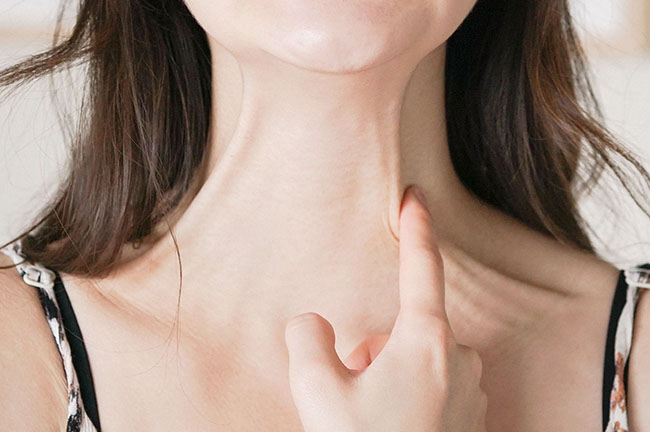
These are your platysma muscles! It turns out they shouldn’t be strong enough to lift a small child with lol
TMD Botox results: Six months later
I’m not a doctor or a dentist, so I can only share my experience with medical Botox for TMD/TMJ. And honestly? I love it.
I never would have gotten through this pandemic without medical Botox. It’s helped me get back to a normal life, and it’s a huge relief to be able to enjoy my daily diet of soft, jaw-friendly foods. My headaches are back to being very occasional, and relaxing my jaw feels easy. When I catch myself clenching automatically again, I know it’s time to top up my Botox.
As I write this, I’m about 9 months out from my first session. I’ve had three rounds of Botox so far. My headache-free existence comes with a brand new face shape (the one from my childhood), and while it’s been tough to get used to, I love how much of my life I’ve gotten back.
I was recently asked by my cousin if my face was somehow getting slimmer. And it is! My jaw muscles, which had gotten so overdeveloped that the lower half of my face has been wider than the top half for the last two years, are going back to their original (non-TMD) state.
My masseters have lost about a centimetre off of each side of my face when I smile, and I’m thrilled by the idea of my body returning to itself. More than anything else, however… it’s amazing to be able to smile and eat again without pain.

